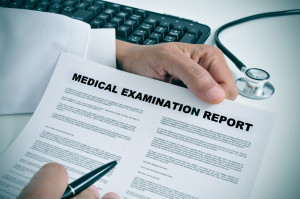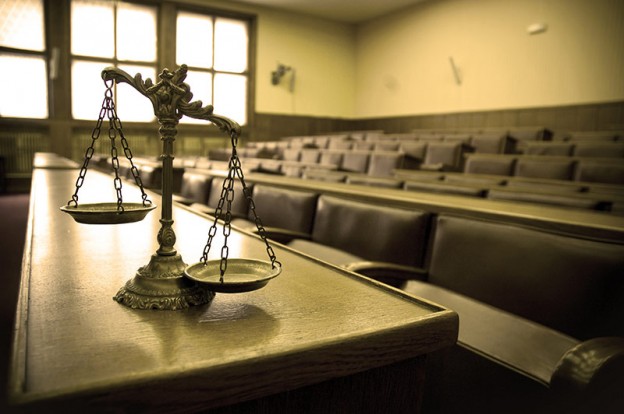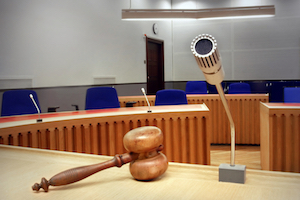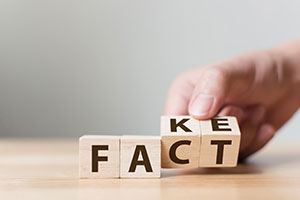The Federal Trade Commission (FTC) sued Lending Club for violating federal laws that prohibit deceptive or unfair business practices. A federal judge recently decided several motions in the case, including the FTC’s Daubert motion to exclude the testimony of Lending Club’s expert witness.
Facts of the Case
Lending Club is not itself a lender. Rather, it connects borrowers with lenders. Lending Club charges borrowers a percentage of the borrowed amount as a loan origination fee. The fee, which averages 5{d61575bddc780c1d4ab39ab904bf25755f3b8d1434703a303cf443ba00f43fa4} on unsecured loans, is deducted from the loan and paid to Lending Club when the loan proceeds are advanced to the borrower.
From 2012 to 2018, Lending Club’s advertising claimed it charged “no hidden fees.” Loan applicants who met baseline criteria could apply for a loan. The Lending Club website would then display a loan offer page showing the loan amount, the number and amount of monthly payments, and the annual percentage rate (“APR”).
The loan offer page did not disclose an origination fee unless a consumer clicked a question mark beside the term “APR” (on the desktop version) or hovered over the term “APR” (on the mobile version). Borrowers were not required to perform those actions before completing the loan.
The FTC contended that Lending Club falsely claimed that loans included “no hidden fees” when, in fact, an origination fee is literally hidden in the loan offer and only becomes visible if a consumer happens to click or hover in the right place.
The origination fee was mentioned again on a terms page that included a federally required Truth in Lending Disclosure. The “amount financed” box includes the full amount of the loan for which the borrower applied, but the borrower must scroll down the page to learn that an origination fee would be deducted from the “amount requested,” resulting in a smaller “amount received.”
The final page asks the borrower to enter bank account information where the loan will be deposited. The page then says “Your [$ amount requested] loan is on the way.” The FTC contended that the statement was false, because the amount requested minus the origination fee was “on the way.”
The origination fee is more conspicuously explained on a separate “rates and fees” page. However, borrowers were not required to view that page before completing the loan.
In addition, nearly all Lending Club customers elect to pay their loans through an automatic bank account withdrawal each month. The FTC alleged that Lending Club had a habit of “mistakenly” taking too much money or continuing to take withdrawals after the borrower canceled the automatic withdrawal feature. The FTC alleged that consumers had contacted their banks to force Lending Club to reimburse $3.8 million. Apart from that inconvenience, if consumers failed to notice that they were overcharged, Lending Club might have simply pocketed their money.
Expert Testimony
A key dispute in the case involved the number of consumers who proceeded with the loan process because they didn’t know they would need to repay a loan origination fee that would be deducted from their loan proceeds. Lending Club argued that a more conspicuous disclosure of the origination fee would not have reduced the number of borrowers who decided to continue the application process.
Lending Club supported that claim with the expert report of Dr. Yoram Wind. Wind conducted an experiment with prospective borrowers. He showed the actual Lending Club website to a test group. He removed the “no hidden fees” statement from the website he showed to the control group.
Wind then surveyed successful applicants in each group, asking whether they received the amount of money they expected to receive. About 89{d61575bddc780c1d4ab39ab904bf25755f3b8d1434703a303cf443ba00f43fa4} of the test group and about 94{d61575bddc780c1d4ab39ab904bf25755f3b8d1434703a303cf443ba00f43fa4} of the control group indicated that they received the amount of money that they expected to receive.
Wind shared the results with the FTC, which indicated that Lending Club had changed its website during the years covered by the complaint and that the experiment did not take those changes into account. Wind then designed a new experiment with three test groups.
The first test group saw a “no hidden fees” offer page that omitted the origination fee disclosure that Lending Club added to a footer in June 2017. The second test group saw a “no hidden fees” offer page and the origination fee footer that appeared from June 2017 to May 2018. The third test group saw the page that was displayed to the second test group but without a “no hidden fees” statement. The court thought the evidence was inconsistent as to whether the third group saw a footer disclosing the origination fee.
In response to an FTC objection, Wind also modified the survey invitation to state that borrowers’ responses would not affect their relationship with Lending Club or their credit score.
In the new version of the study, Wind concluded that the percentage of control group applicants who misunderstood the amount they would receive was virtually identical to the first study, while the percentage of applicants in each test group who misunderstood was very similar to the test group results in the first study.
Wind also found that about 19{d61575bddc780c1d4ab39ab904bf25755f3b8d1434703a303cf443ba00f43fa4} of participants in all test groups and the control group accepted the loan. Wind concluded that the similar results proved that the “no hidden fees” claim had no impact on the decision to complete the loan process.
Daubert Ruling
The FTC contended that Wind’s methodology was unreliable because he asked the wrong question. In the FTC’s view, asking whether borrowers received the money they expected did not address Lending Club’s misleading advertising. The real question, according to the FTC, was whether borrowers were aware of the origination fee by the time they completed the loan.
The court decided that the principles Wind used to design his survey, including assuring an adequate sample size and random assignment to test or control groups, were scientifically valid. In addition, one of the test groups saw the “No Hidden Fees” advertisement described in the complaint, so the test results were relevant.
The question that Wind asked — whether applicants received the loan payout they expected — provided insight into whether applicants were aware of the origination fee. Whether that was the best question to ask could be explored on cross-examination. Surveys do not need to be perfect to be admissible. In that regard, the court provided a more forgiving interpretation of Daubert than the interpretation used by judges who insist that only a perfect methodology can be reliable.
The court also regarded the FTC’s remaining challenges as bearing on the weight that the evidence should receive rather than its admissibility. Whether the question that Wind asked was improperly leading, whether he should not have disclosed that Lending Club was sponsoring the survey, whether he should have screened out applicants who learned of the origination fee from other sources, and whether Wind waited too long to survey applicants were not questions that exposed a blatant bias in the test results, as the FTC claimed.
Lessons Learned
Whether an arguable deficiency in a research methodology goes to admissibility or weight is a question that different courts, confronted with the same facts, will answer in different ways. Sometimes the same judge will answer the question in different ways in different cases, depending on which party the judge favors. Unless the methodology is obviously error-free or egregiously flawed, decisions about admissibility depend more on the judge’s philosophy than on any clear rule of law.
The judge in this case may have been influenced by the fact that she will be the ultimate factfinder. The trial will be to the court, not to a jury. Caselaw allows judges to be less vigilant about their “gatekeeping” role in bench trials because judges are assumed to be less likely than juries to be influenced by expert evidence that might be less than rigorous. Whether or not that assumption has merit, it is worth remembering that judges are less likely to grant Daubert motions when no jury will hear the evidence, if only because admitting the evidence and discounting it after a trial provides a shield against appellate reversal.












